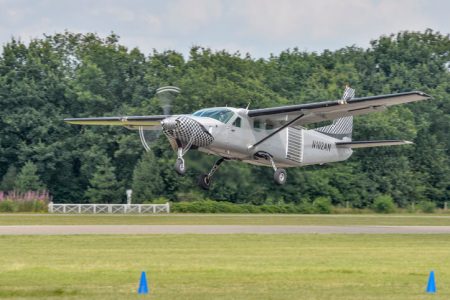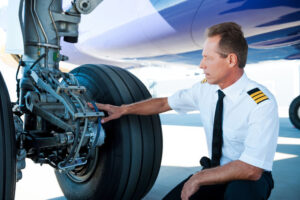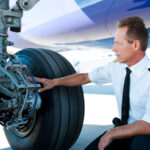The Aviation Airspace Race for Aviation Airspace
The race for aviation airspace and outer space continues to gain momentum, with notable figures like Elon Musk, Richard Branson, and Jeff Bezos joining forces with NASA to develop advanced space vehicles capable of transporting passengers to the moon, deploying cutting-edge satellites, and even sending astronauts to Mars and beyond. However, as the number of space launches increases, it is crucial to find a way to ensure the safe coexistence of aviation airspace and space activities.
To address this issue, the Federal Aviation Administration (FAA) is examining the key factors necessary for effectively managing the growing number of launch sites across the United States while prioritizing the safety of the public. As commercial launches become more frequent, it is vital to strike a balance between the needs of airlines, general aviation, the military, and spacecraft operators, in order to minimize disruptions and delays.
Aviation Airspace Awareness
As a pilot, it is important to be aware of what aviation airspace in which your flight is allowed to fly. Below are procedures to follow to ensure you are only navigating through aviation airspace that they are authorized:
- Familiarize Yourself with FAA Regulations: Be familiar with the FAA regulations governing airspace classification and restrictions.
- Understand Airspace Classification: Airspace is classified based on its use, such as Class A, B, C, D, E, G airspace. Each classification has its own set of rules and requirements that pilots must follow.
- Use Proper Radio Communication Protocols: Use proper radio communication protocols when communicating with air traffic control (ATC), other aircraft, and ground personnel to ensure clear and accurate communication.
- Read Charts: Be proficient in reading charts and identifying landmarks, way-points, or other visual references to ensure they remain in authorized airspace.
- Follow Visual Flight Rules and Instrument Flight Rules: Follow visual flight rules (VFR) and instrument flight rules (IFR) to ensure you are navigating in the correct airspace and following proper procedures.
- Watch for Restricted Areas and Temporary Flight Restrictions: Be aware of restricted areas and temporary flight restrictions in your intended flight path and avoid these areas unless they have obtained proper authorization.
- Maintain Situational Awareness: Maintain situational awareness and stay alert to your surroundings to avoid entering unauthorized airspace.
In the past, space launches caused significant disruptions, leading to the closure of airspace around launch sites for up to four hours. While it is not yet a routine occurrence, delays have been decreasing, indicating the efforts undertaken by NASA and the FAA to address this issue.
Currently, the FAA is developing a comprehensive plan that will provide guidance for approving launch schedules in a manner that satisfies all stakeholders. Several factors will be considered, such as the number of passengers inconvenienced, the timing and location of the launch, the impact on other flights, potential congestion during holidays or special events, the launch window duration, and the time of day.
Aircraft and spacecraft pilots alike must follow essential procedures to ensure they are navigating through authorized airspace. Familiarizing themselves with FAA regulations, understanding airspace classification, using proper radio communication protocols, reading charts, following visual and instrument flight rules, watching for restricted areas and temporary flight restrictions, and maintaining situational awareness are all critical steps that can help ensure the safety of the pilot, passengers, and other parties in the airspace.










